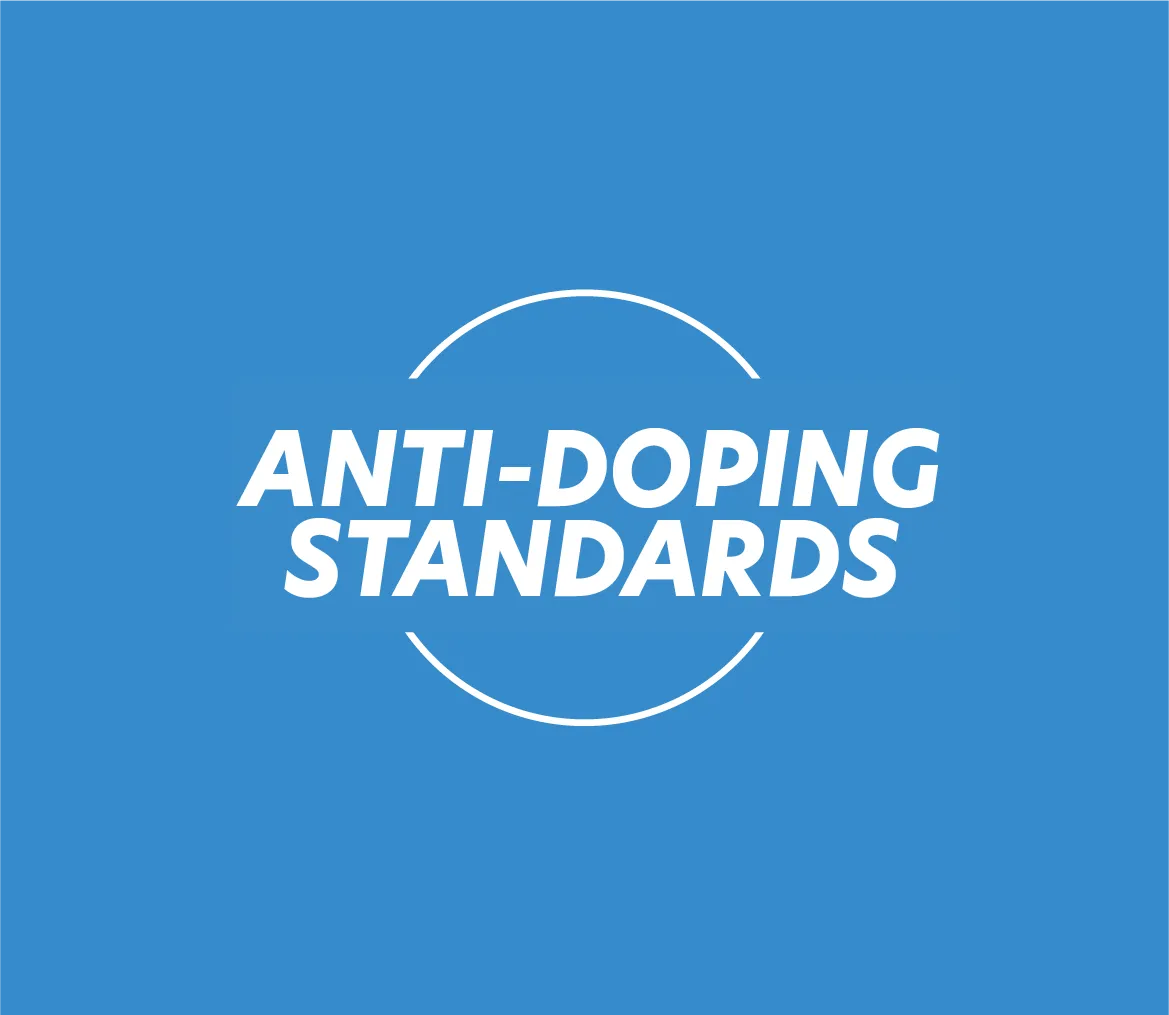The body mass index remains the benchmark tool for assessing corpulence. But behind this simple calculation lie important nuances that need to be understood in order to interpret the results correctly.
BMI Calculator
Calculate your Body Mass Index and discover your category
| Category | BMI (kg/m²) |
|---|---|
| Underweight | < 18,5 |
| Normal weight | 18,5 - 24,9 |
| Overweight | 25,0 - 29,9 |
| Obesity class I | 30,0 - 34,9 |
| Obesity class II | 35,0 - 39,9 |
| Obesity class III | ≥ 40,0 |
BMI is a general indicator that does not take into account body composition (muscle and bone mass). Consult a healthcare professional for a personalized assessment.
What exactly is BMI?
BMI measures a person's stoutness by dividing their weight by their height squared¹.
This formula, created in 1832 by Belgian mathematician Adolphe Quetelet, became the World Health Organization's international standard in 1980².
Formula: BMI = Weight (kg) / [Height (m)]²
Case in point: a person weighing 70 kg and measuring 1.75 m has a BMI of 22.9.
The World Health Organization sets precise thresholds for interpreting results³:
| Classification | BMI (kg/m²) | Risk of chronic illness |
|---|---|---|
| Underweight | < 18,5 | Accrued |
| Normal weight | 18,5-24,9 | Medium |
| Overweight | 25,0-29,9 | Accrued |
| Obesity grade I | 30,0-34,9 | High |
| Obesity grade II | 35,0-39,9 | Very high |
| Obesity grade III | ≥ 40,0 | Extremely high |
According to Information Report No. 744 (2021-2022), submitted to the Senate on June 29, 2022:
- Between 2012 and 2020, the average BMI for adults remained virtually stable, rising only from 25.4 to 25.5
- Between 2013 and 2016, class I obesity (BMI 30-35) increased: in women from 9.1% to 10.6%, and in men from 10.7% to 12.3
- Among young adults (18-29), obesity has risen spectacularly: +93% in men and +50% in women in just four years.

What do these figures reveal about health?
A high BMI is associated with an increased risk of type 2 diabetes, cardiovascular disease and metabolic syndrome⁴.
Severe obesity (grades II and III) requires specialized medical management according to the Haute Autorité de Santé⁵.
Epidemiological data show that maintaining a BMI between 18.5 and 25 optimizes healthy life expectancy⁶.
Changes over time take precedence over absolute values. A "non-extreme" weight stability over several years is more reassuring than a "perfect" BMI at a given moment.
Finally, BMI can be a variable observed in scientific tests, for example to estimate the impact of probiotic supplementation.
Important limitations of BMI
BMI does not differentiate between muscle and fat
This fundamental limitation explains why an athlete with high muscle mass can display an overweight BMI without excess body fat⁷.
The index does not take into account body composition, which is problematic for assessing real corpulence.
Different thresholds for different populations
Recommendations evolve according to ethnic origin⁸. For example according to geneticist Philippe Froguel, " there is a consensus that body weight classes are not the same from one ethnicity to another - for example, obesity in Asia should start at a BMI of 27, not 30. "
- Asian population: overweight from BMI 23, obese from 27 or 25
- Population of African origin: thresholds sometimes adjusted upwards
- Elderly: optimal zone between 23-28 according to studies⁹
Age and gender influence interpretation
For children and adolescents, the assessment uses age- and sex-specific percentile curves10. For pregnant women, the pre-pregnancy BMI determines the recommended weight gain.
The importance of fat distribution
BMI completely ignores where body fat is located. Abdominal fat is more metabolically risky than peripheral fat¹¹.
Waist circumference effectively completes the assessment:
- Increased risk: > 94 cm (men), > 80 cm (women)
- High risk: > 102 cm (men), > 88 cm (women)¹²
This simple measurement enables us to detect excess visceral fat, a major cardiovascular risk factor, a little more accurately.

Alternatives and complements to BMI
- Waist-to-hip ratio: this ratio divides waist circumference by hip circumference. Risk thresholds: > 0.90 (men), > 0.85 (women)¹³.
- Ratio taille/taille : Tour de taille divisé par la taille. Seuil recommandé : < 0,5¹⁴.
- Protéalpes also offers a Lean Mass Index (LMI) calculator. MMI complements BMI by assessing lean mass (muscle, bone, skin, blood) rather than total weight. Its calculation is a little more complex.
- More precise than BMI, the CRI better assesses visceral fat, more accurately predicts mortality risk and adapts to atypical morphologies such as those of athletes. You can obtain your CRI on our calculator.
- Finally, bioimpedancemetry estimates body composition by measuring the electrical resistance of tissues. Accessible but less accurate than reference methods such as DEXA¹⁵ (Dual x-ray absorptiometry).
Practical use of BMI
BMI is used by GPs as a first-line screening tool. Simple to calculate, it enables monitoring over time and facilitates communication with the patient.
Online calculators are making this indicator more widely available, but interpretation requires the advice of a healthcare professional who can relate the figure to the individual's context. The basis for reflection is as follows:
Recommendations by BMI
- BMI 25-29.9: lifestyle modifications (physical activity, eating habits)
- BMI 30-34.9: medical treatment, sometimes medication
- BMI ≥ 35: evaluation for bariatric surgery according to HAS criteria¹⁶
Interpretation adapts to the context:
- Athletes: mandatory body composition assessment
- Aims: make a clear distinction between weight gain and weight loss, for example in terms of meal frequency.
- Pregnancy: specific monitoring according to pre-conception BMI
- Chronic illnesses: taking account of associated pathologies
- Recent weight loss: search for underlying causes
Things to remember
BMI remains a useful but imperfect indicator of nutritional status. Its interpretation needs to be contextualized according to age, gender, ethnic origin and body composition.
Systematically adding waist circumference as a minimum, and consulting a healthcare professional, optimizes the assessment. The aim remains a global approach to health, going beyond the simple figure on the scale.













